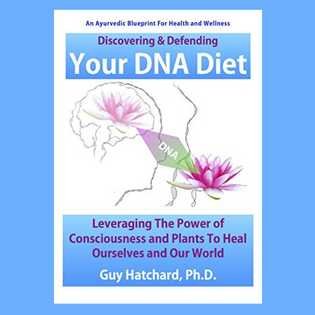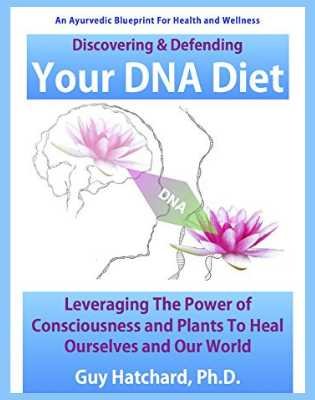Our Covid-19 infection rate is declining, but the New Zealand Herald continues to stoke the fear factor.
They lead today with “Analysis: Covid-19 now one of NZ’s biggest killers” by ‘Science’ Reporter Jamie Morton. Statisticians are probably laughing into their coffee cups, and school teachers wondering whether to use it as an example of how to misuse statistics.
The Herald reports that Covid is causing 1 in 7 deaths (week ending July 17th). Their greatest fear is that we are becoming indifferent to the ‘dangers’.
Let’s fact check their figures:
The New Zealand Herald: “Fifteen per cent of people are dying from Covid-19, about the same proportion of people who die from ischaemic heart disease, which is currently our single biggest killer” [attributed to epidemiologist Michael Baker]
Fact Check: MISLEADING For people unfamiliar with statistics, this statement could be confounding case death rates with mortality data. Thereby making some naively think Covid is fatal for 15% of people. Less than 0.25% of Covid cases have been associated with a fatality within 28 days of testing over the entire course of the pandemic, and the majority of these deaths are not due to Covid (the Omicron rate is understood to be much lower than this). This is more than 60 times lower than the Herald article erroneously could be seen to convey, and btw heart disease is not our biggest killer, cancer kills more than twice as many people than heart disease. Cases of Covid are also believed to be greatly underreported, further lowering the case mortality rate. (See also the next item, the 15% figure relates to an unreliable Covid data snapshot, it does not mean 15% of the whole population or 15% of Covid cases. See here: Why Are People Falling Ill and Dying in Record Numbers?)
The New Zealand Herald: “For the first time, Covid-19 has probably become the leading cause of death in New Zealand”, [attributed to epidemiologist Michael Baker]
Fact Check: FALSE Causes of death are established over longer periods of time than the one week of data referred to by the Herald. Many deaths with Covid are reported over time and delayed. They are often being entered into government statistics in batches. This causes significant and misleading volatility in daily and weekly data. If you pick one week, as the Herald article has done, you can arrive at false conclusions. The absurdity of this can be established by going back to the Christchurch Mosque massacre. If that week’s data had been taken in isolation, the Herald could have announced terrorism as NZ’s leading cause of death.
The New Zealand Herald: “In two-thirds of cases [of death reported within 28 days of Covid infection], the virus was listed as the underlying cause [by MoH]”
Fact Check: MISLEADING Two-thirds of people dying with Covid are over 80 years old, but the life expectancy in New Zealand is 82 years. It is unlikely in this age range that Covid is the predominant cause of death; it is more likely that age and conditions associated with aging are major factors. As the Ministry of Health has not revealed how it is ‘adjusting’ Covid death data. The distribution of deaths by age should lead the Herald to ask questions about the latest Ministry of Health data adjustment.
The New Zealand Herald: “Our excess mortality has increased this year and is now running at 10 per cent above normal and likely to continue while we report daily Covid-19 deaths in the double digits.”
Fact Check: INSUFFICIENT INFORMATION Any analysis of the cause of our high rate of excess deaths will require information about cause of death by category and a comparison with previous years. Current New Zealand data of this type is not available, but overseas insurance data suggests that high rates of excess all cause mortality affecting working age people are not related to Covid.
The New Zealand Herald: “For those most vulnerable Kiwis, being boosted remained crucial, modeller Professor Plank said. It’s much, much better to get your immunity from a vaccine than from getting infected.”
Fact Check: FALSE Studies published recently have found that unvaccinated people have 97.3% long lasting protection from severe Covid following initial infection with any variant, whereas 25% of vaccinated people are vulnerable to reinfection with more severe outcomes. Detailed studies by the German government have found the rate of serious adverse effects from vaccination is somewhere in the range between 1 in 500 to 1 in 5000 vaccination doses. The likelihood of adverse effects increases with each dose and the immune protection decreases into negative territory within weeks of boosting. This suggests that repeated boosters are risky.
At this stage of the pandemic, the public doesn’t need misleading articles like this one. It needs reliable information closely connected to current science publishing and objective data collection.






